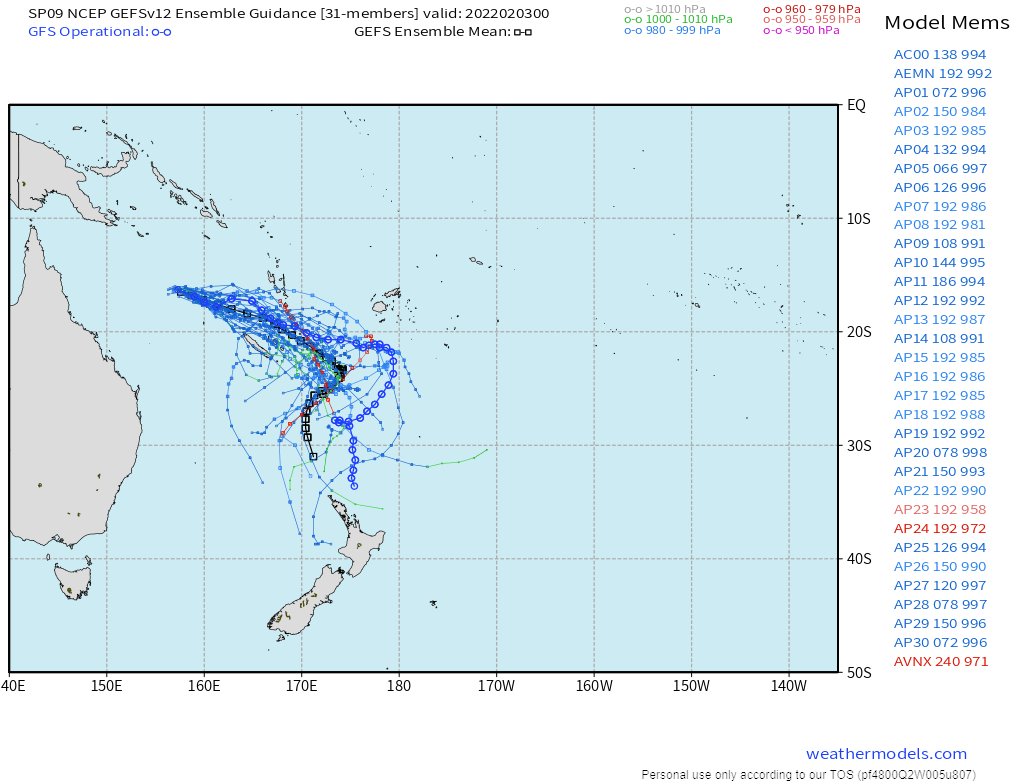
Here's your problem Kiwis. A persistent atmospheric river running for the next 111 hours across most of the country.
https://twitter.com/althecat/status/1488552606347759624
Satellite presentation over the last 24 hours.
"..rain is expected to cause dangerous river conditions and significant flooding. Slips and floodwaters are likely to disrupt travel, making some roads impassable and possibly isolating communities." 

News Coverage
Scoop >> 1. scoop.co.nz/stories/AK2202… 2. scoop.co.nz/stories/BU2202…
Stuff >> stuff.co.nz/national/12765…
Scoop >> 1. scoop.co.nz/stories/AK2202… 2. scoop.co.nz/stories/BU2202…
Stuff >> stuff.co.nz/national/12765…
Update #ExtremeWeather #KiwiDeluge thread, after the rain started falling....
https://twitter.com/althecat/status/1488629913028542467?s=20&t=06kG-WSSnZqiJdjtuy738g
• • •
Missing some Tweet in this thread? You can try to
force a refresh





















